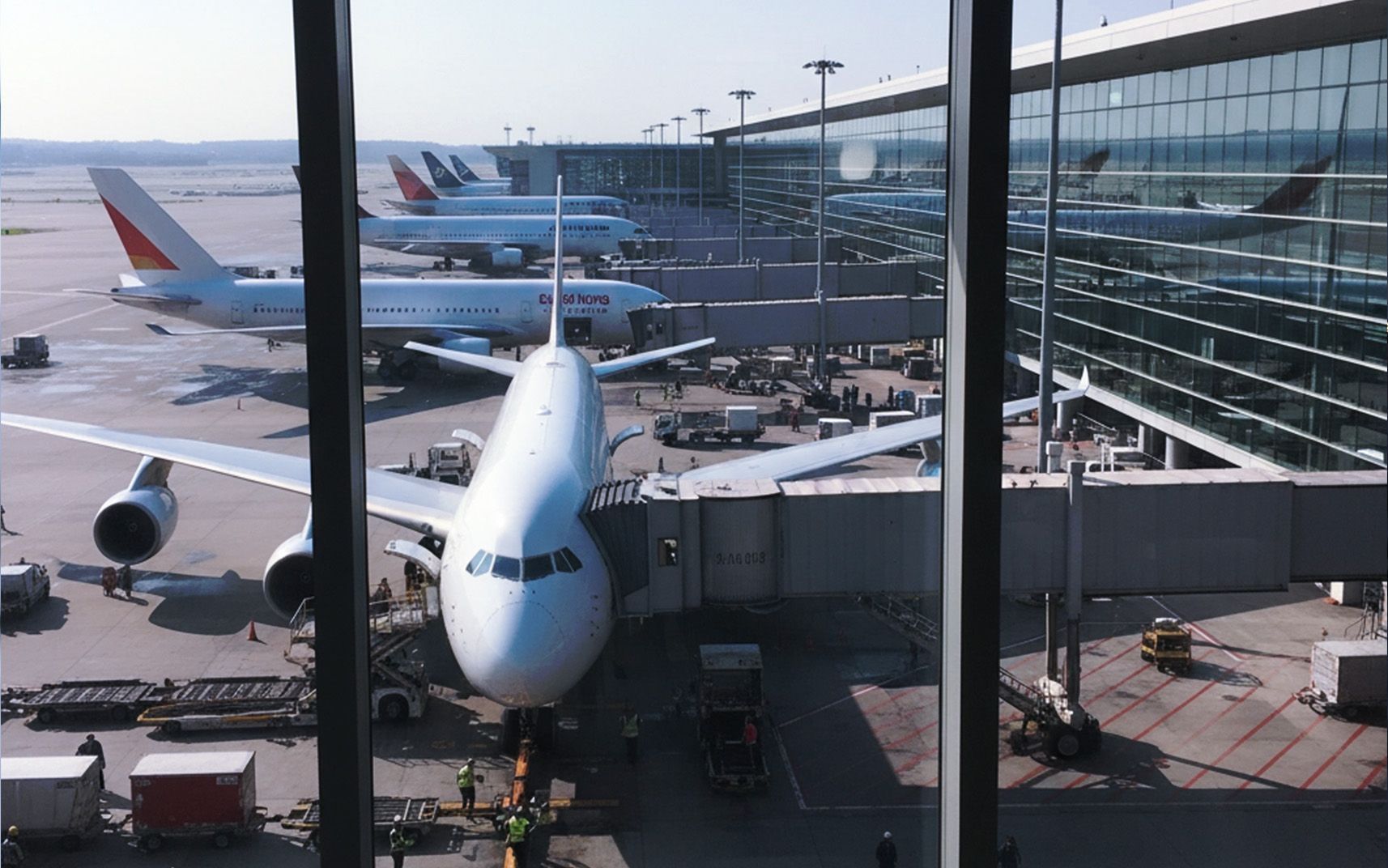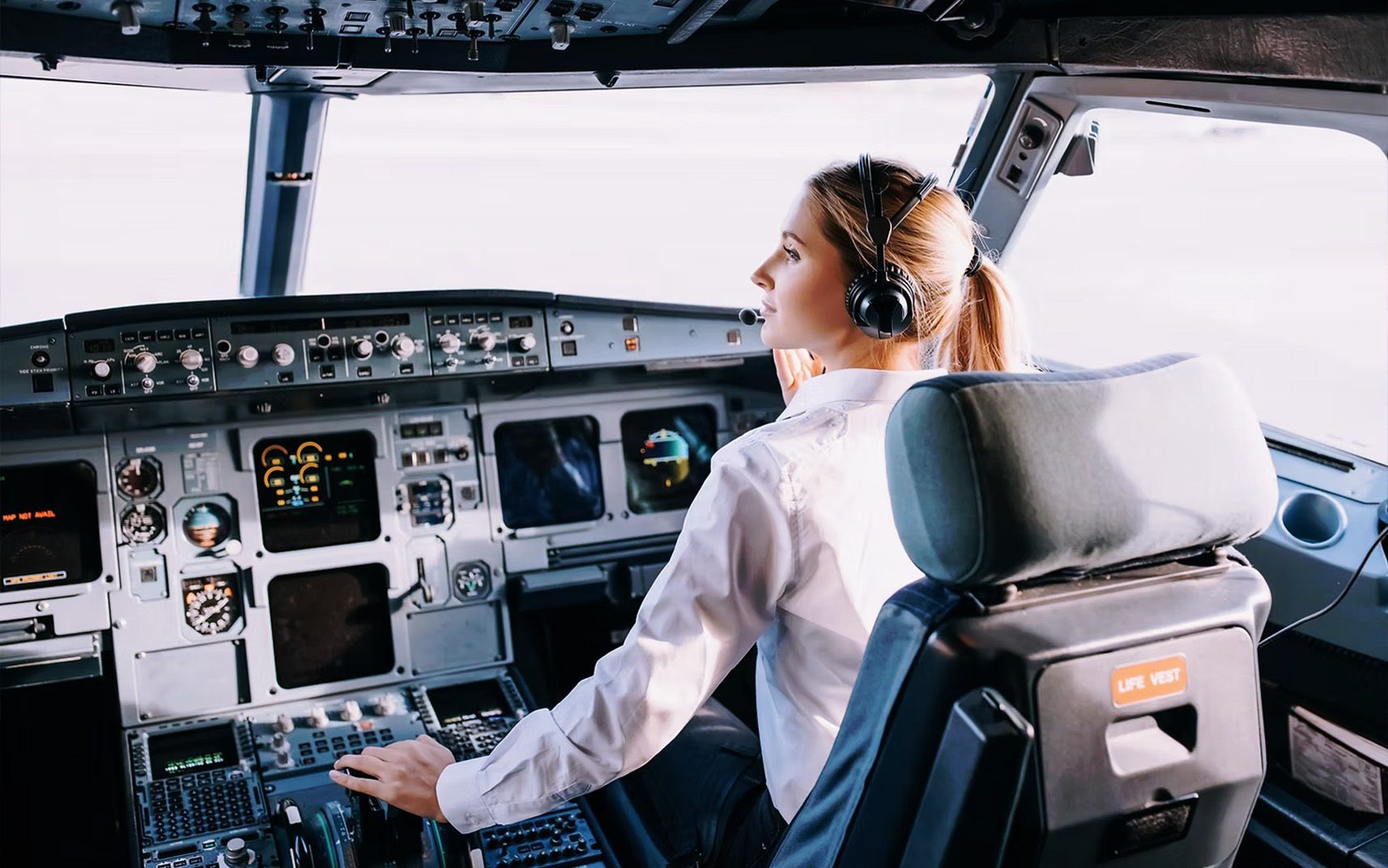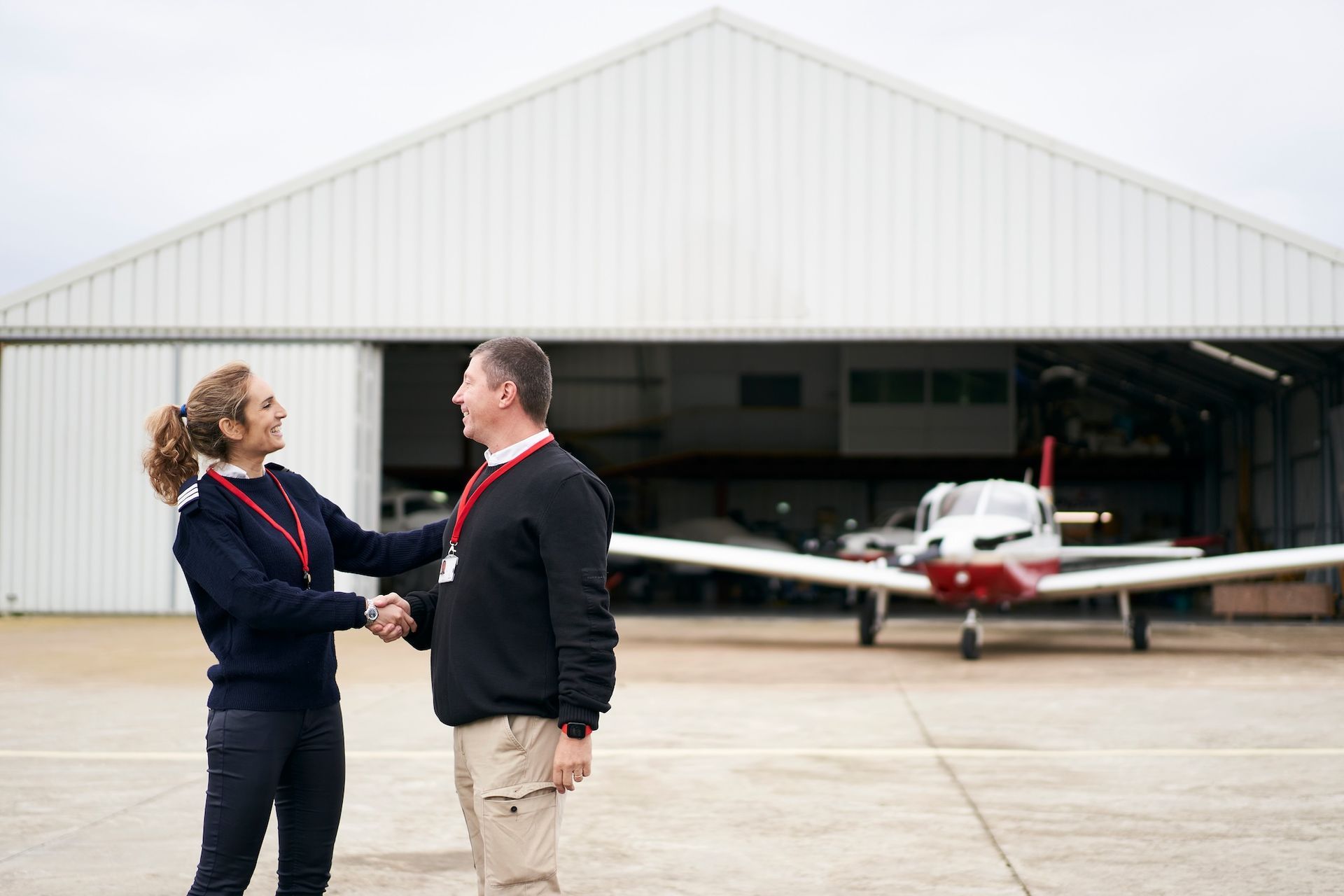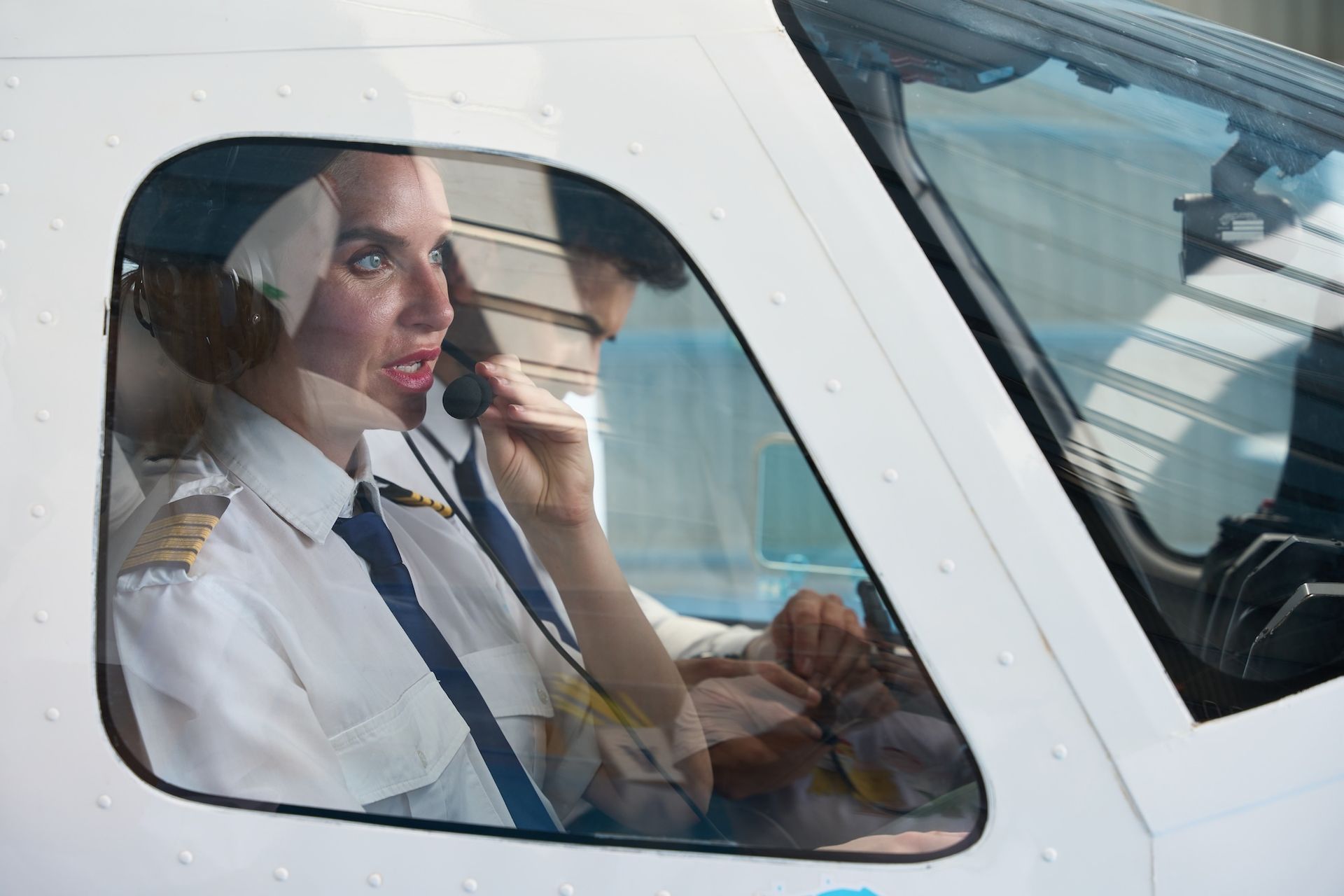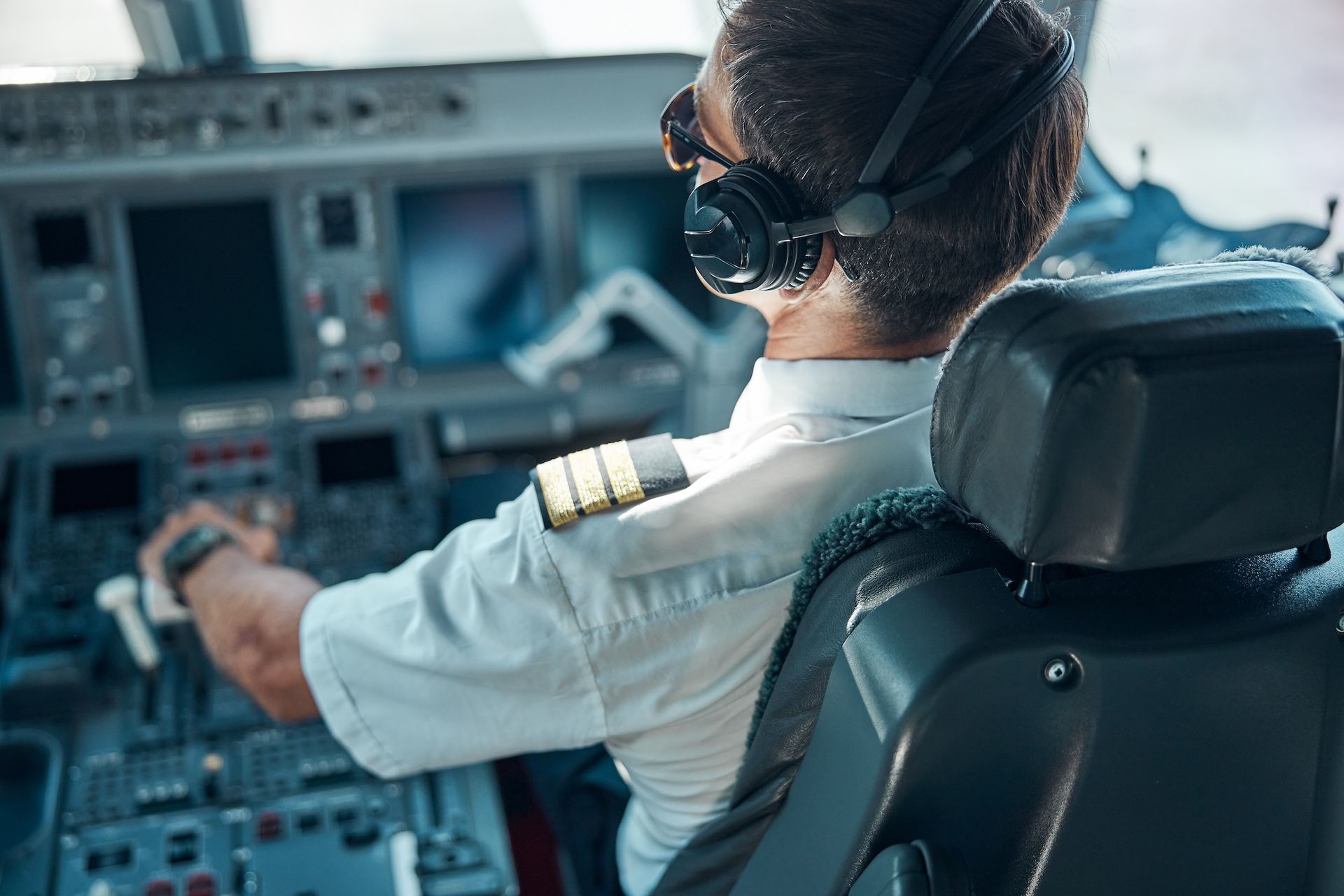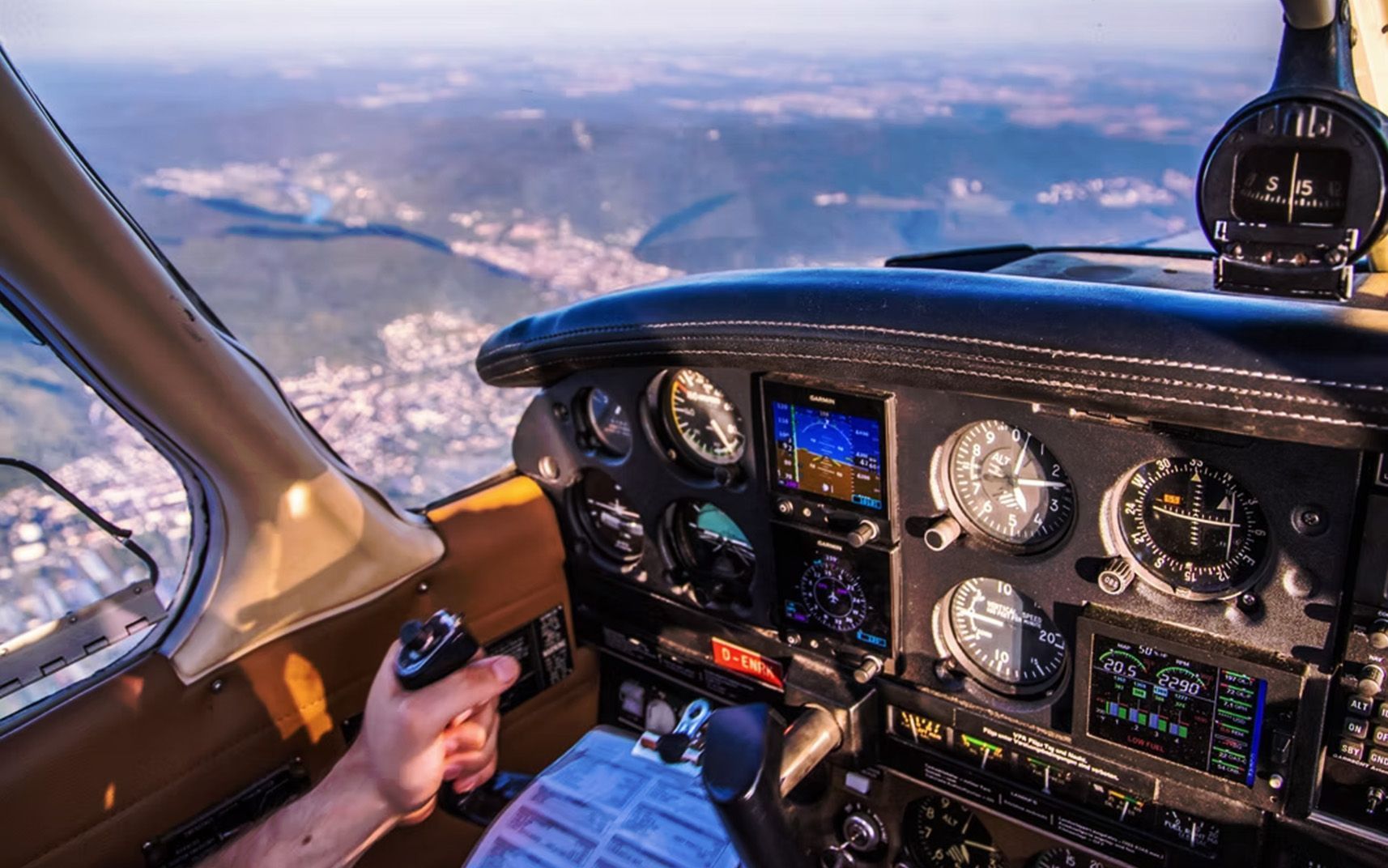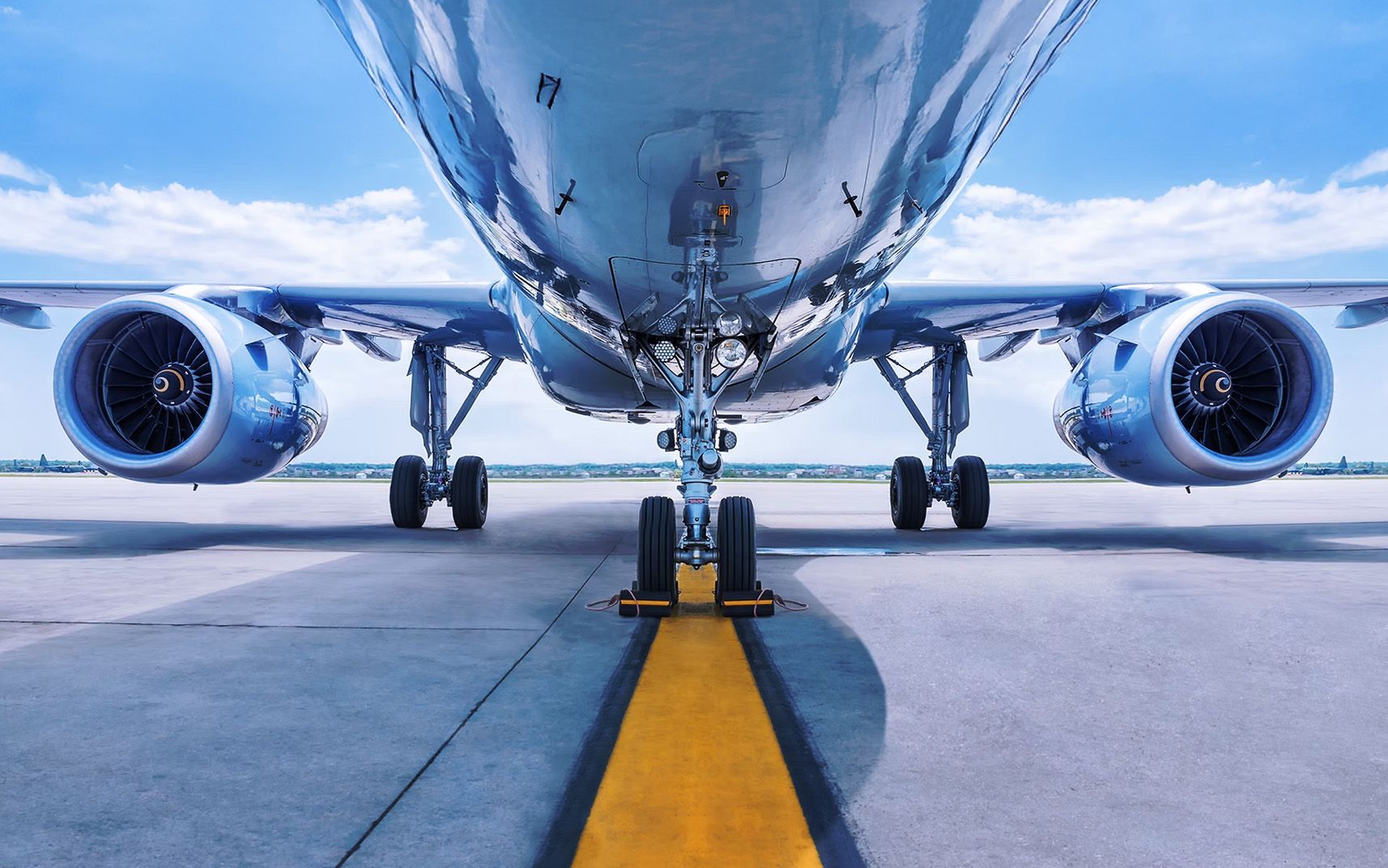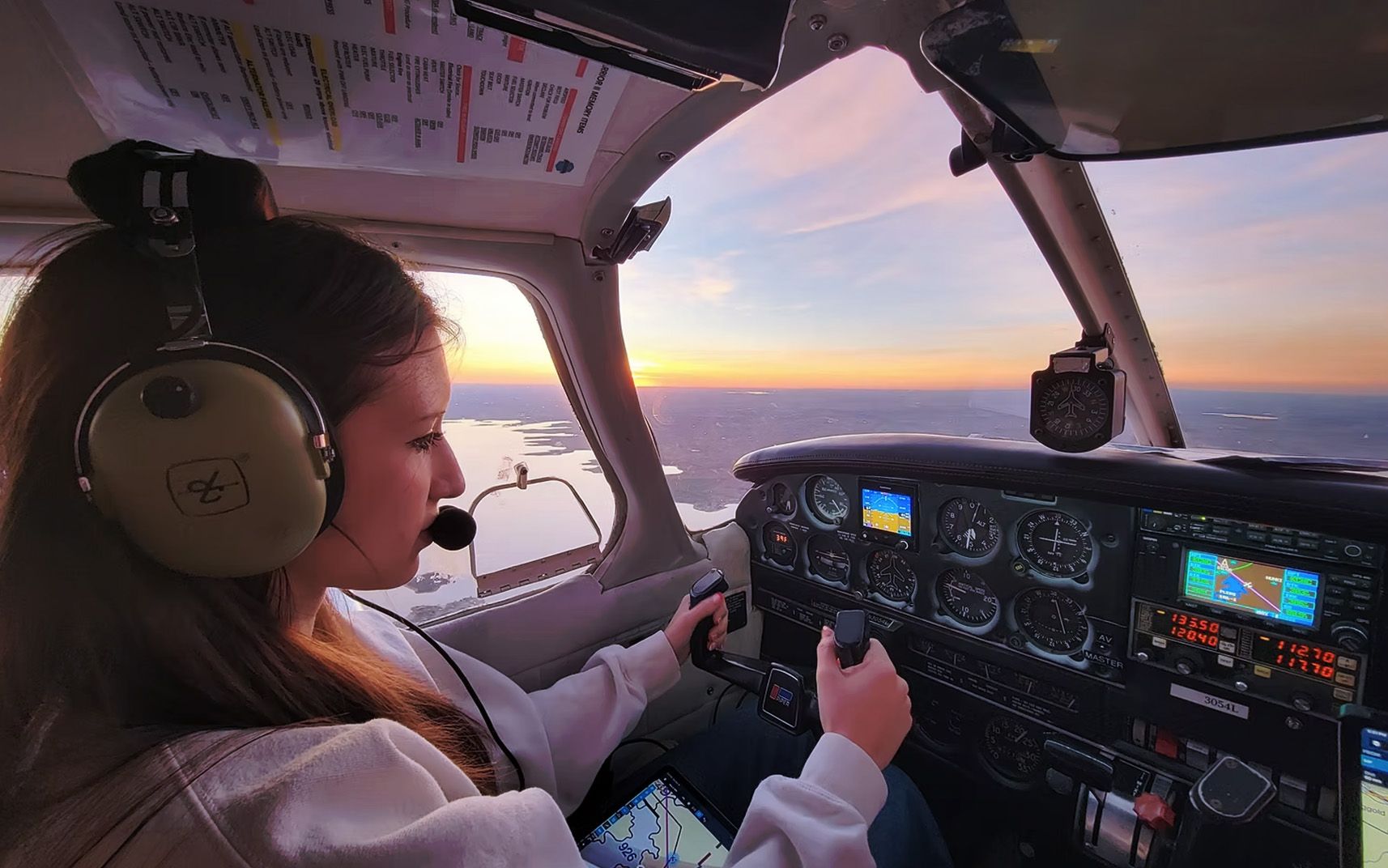How to Balance Full-Time Work with Pilot Training
Share this article
Balancing full-time work with pilot training can feel overwhelming, especially when both demand significant attention and energy. Whether you’re pursuing a private pilot’s license or aiming for a commercial career, juggling these two major commitments is no easy task. However, with the right strategies, you can stay on top of your job while progressing toward your aviation goals.
1. Create a Structured Schedule
The first step to balancing work and pilot training is to establish a structured schedule. Time management is key when you’re balancing competing priorities. Using tools like digital calendars, planners, or time-blocking apps help with balancing work and training. You can include study time, simulator sessions, and any physical training required.
Plan for any overlap between work and flight training. Most people pursue pilot training on weekends or evenings. Some days may be more exhausting than others, so prioritize tasks and take advantage of downtime at work or during your commute to study.
Tip: Try breaking your training into smaller, manageable goals such as completing a set number of flight hours each week or finishing a specific chapter in a study guide. This will keep you on track and motivated.
2. Choose a Flexible Flight School
Finding a flight school that offers flexible training is a huge advantage. Not all flight schools operate under the same schedule. Some flight schools cater to working professionals by offering evening or weekend lessons. Others may offer accelerated programs that fit into your available vacation days or long weekends.
A part-time training program may be more suited to your schedule than a full-time, immersive experience. Before enrolling, ask the school about their flexibility with lesson times and rescheduling policies in case of work conflicts.
3. Prioritize Your Physical and Mental Health
Balancing work and flight training can lead to burnout if you don’t prioritize your health. Long hours and demanding schedules often come at the expense of sleep, exercise, and downtime. Don't forget to take time for your own rest and relaxation during training.
Developing healthy habits like regular exercise, a balanced diet, and good sleep will help you be ready for training. As a pilot in training, you need to meet certain health standards. Taking care of your physical health and well-being makes sure you meet those requirements while being productive at work.
4. Leverage Work Flexibility
If your employer allows for flexible working hours or remote work, take full advantage of it. Discuss your pilot training plans with your boss to see if they can accommodate your schedule. Some employers might be willing to adjust your hours. If this is possible, allow yourself half-days or give yourself some time during training.
If possible, plan your training flights during non-peak work hours, such as early mornings or late afternoons, to avoid clashes with your job responsibilities.
5. Utilize Vacation Days and Weekends
One way to make steady progress in your training is to use vacation days and weekends effectively. Instead of spreading out lessons over several months, consider intensive training during holidays or long weekends. Some flight schools offer "block training" sessions that allow you to complete multiple lessons or exams over a short period.
This approach lets you focus on flying without work distractions, speeding up your progress. However, be careful not to exhaust all your vacation time, as you may still need some downtime to recharge.
6. Maximize Your Study Time
Studying is an important aspect of pilot training. To balance study with your job, use idle moments to absorb material. This could include reviewing manuals during lunch breaks or listening to aviation podcasts while commuting. Online courses or mobile apps designed for pilot training can also be useful tools for studying on the go.
Breaking up study sessions into small chunks rather than long hours helps prevent fatigue and improves retention.
Tip: Make flashcards for key aviation terms, rules, and regulations and review them during your spare time.
7. Stay Disciplined and Consistent
Discipline is crucial for managing two major commitments. A common challenge is staying consistent with flight training when work pressures increase. Having a clear goal in mind will help keep you motivated, even when your schedule gets hectic.
Consistency in flying is important to retain skills, so avoid long gaps between lessons. Missing too many weeks between flights can result in the need for extra review sessions, which could delay your progress and increase costs. Even if your schedule is packed, try to fit in at least one flight lesson a week.
8. Seek Support from Family and Colleagues
Don’t hesitate to lean on your support network when balancing these demands. Share your goals with family, friends, and coworkers who can offer encouragement, or even help by taking on some responsibilities temporarily.
Some coworkers may have experience juggling work with personal goals and can provide valuable advice on time management. If your boss is aware of your aviation goals, they may even become more understanding of your need for flexibility at work.
9. Keep Financial Considerations in Mind
Pilot training can be expensive, and working full-time helps offset those costs. It’s important to plan a budget that accounts for both the cost of training and your living expenses. This will allow you to work comfortably without feeling pressured to cut corners on your training program.
Consider discussing financing options with flight schools or saving up before you start training to reduce the financial burden. Some schools offer payment plans, scholarships, or financial aid that can help ease the strain.
Balancing a full-time job with pilot training requires careful planning, time management, and support from those around you. By creating a flexible yet structured schedule, staying disciplined, and prioritizing your health, you can successfully manage both without feeling overwhelmed. With consistent effort, reaching your dream of becoming a pilot is within your grasp.
Recent Posts
